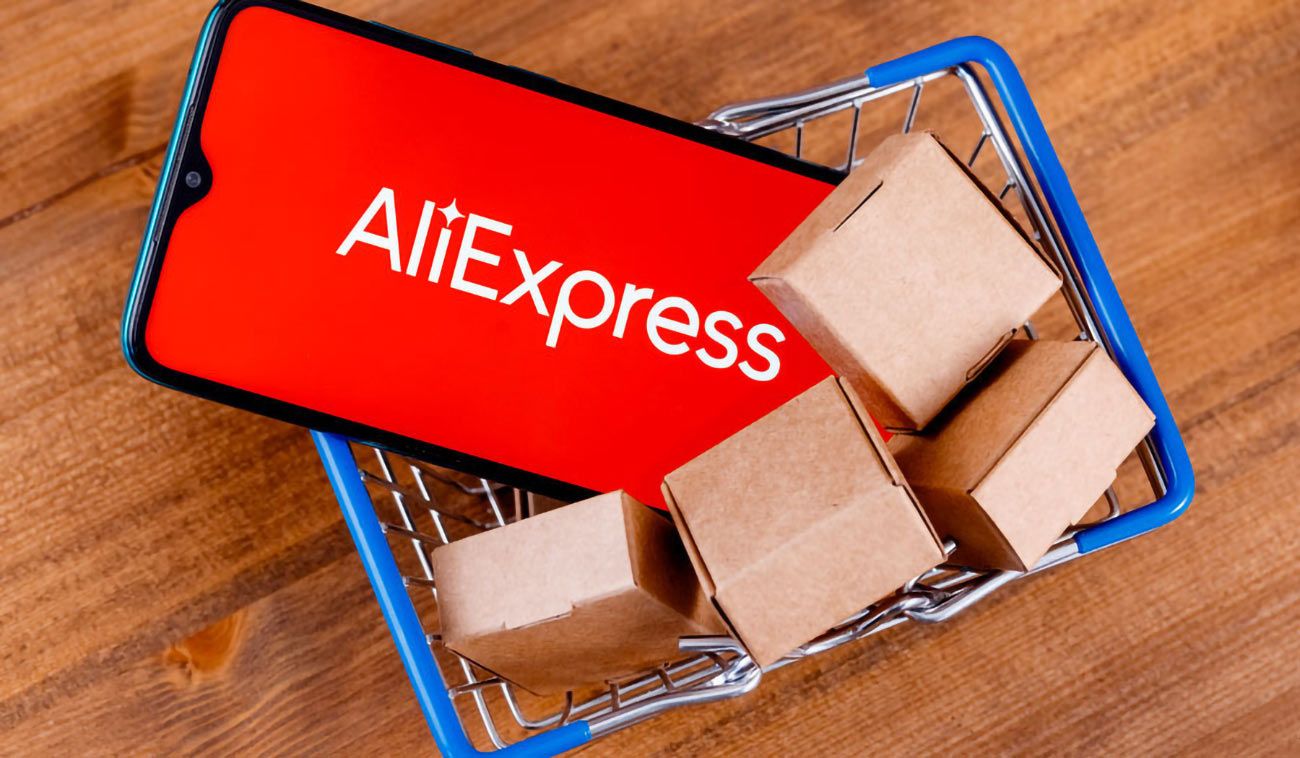What is a delivery policy?
In the world of e-commerce, a delivery policy is a crucial aspect that not only affects the efficiency of services but also plays a significant role in shaping customer satisfaction. Understanding the nuances of delivery policies can make a difference between a successful transaction and a frustrating shopping experience. In this article, we will explore what a delivery policy is, its significance, components, and how it can impact both businesses and customers. Whether you’re a consumer looking for clarity before making a purchase or a business owner aiming to improve your service, this guide will provide valuable insights.
What is a Delivery Policy?
A delivery policy is a formal statement that outlines how a company will handle shipping and delivery of its products to customers. This policy provides essential information regarding the timeline, costs, and methods of delivery, ensuring transparency and setting clear expectations for both the customer and the retailer. It serves as a guideline not only for the business but also for buyers, allowing for informed purchasing decisions.
The Importance of a Delivery Policy
Having a clear delivery policy is crucial for several reasons:
- Customer Satisfaction: A well-defined delivery policy helps manage customer expectations, leading to higher satisfaction rates.
- Reduce Customer Inquiries: By providing clear information on shipping times and costs, businesses can minimize the number of queries from customers about their orders.
- Enhanced Trust: Transparency in shipping and delivery processes builds trust between businesses and their customers.
- Competitive Advantage: Companies with concise delivery policies may attract more customers, as they feel reassured about how their orders will be handled.
Key Components of a Delivery Policy
A comprehensive delivery policy typically includes several key elements:
1. Delivery Timeframes
This section explains how long delivery will take once an order is placed. It’s important to specify:
- Estimated timeframes for standard and expedited shipping.
- Details on processing time before an order is shipped.
- Information on delays due to holidays, weather conditions, or unforeseen circumstances.
2. Shipping Costs
Shipping fees can significantly influence a customer’s decision to complete a purchase. Your delivery policy should clarify:
- Detailed pricing for various shipping methods.
- Whether free shipping is available, and under what conditions (min. purchase amount, promotions, etc.).
- Any additional charges that may apply, such as handling fees or duties for international shipping.
3. Delivery Methods
It’s essential to inform customers about the options available for receiving their goods. This includes:
- Standard delivery.
- Express delivery services.
- Pick-up options (if applicable).
- Partnerships with courier services for reliable deliveries.
4. Geographic Limitations
Not all businesses can ship to every location. Specify any areas or countries where delivery is not available and why. Being upfront about restrictions helps manage expectations.
5. Tracking Information
Providing tracking options enhances the customer experience by allowing buyers to monitor their shipments. Include details about:
- How customers can track their orders.
- The information that will be provided during the tracking process.
6. Lost or Damaged Goods
Customers need to know what steps to take if their order is lost or arrives damaged. Outline the procedures for:
- Reporting issues.
- Replacing or refunding items.
7. Return Policy
Your delivery policy should ideally reference any related return policies, as they are often interconnected. Explain how returns impact the overall delivery experience.
How to Create an Effective Delivery Policy
Businesses seeking to develop or revise their delivery policy should follow these steps:
1. Understand Your Audience
Research your target market to determine their expectations regarding delivery. Understanding what customers value can significantly enhance the relevance of your policy.
2. Analyze Competitors
Check what your competitors are doing with their delivery policies. Identify best practices that could apply, and assess how you can differentiate by providing superior service.
3. Keep it Clear and Concise
A complex delivery policy can confuse customers. Use simple language and be straightforward, ensuring that essential information stands out.
4. Emphasize Key Information
Utilize bullet points and headings to help guide customers through the policy. Important aspects, such as delivery timeframes and costs, should be easy to locate.
5. Regularly Update the Policy
As your business evolves, so should your delivery policy. Regularly review and update to reflect new partnerships, shipping options, and customer feedback.
Common Misconceptions About Delivery Policies
There are several myths surrounding delivery policies that can lead to confusion:
1. Delivery Policies are the Same for All Businesses
Many customers mistakenly believe that all delivery policies are identical. In reality, each business has its own approach based on operational capabilities and market conditions.
2. Shipping Costs Are Fixed
Customers often assume shipping costs remain the same. However, these can vary based on factors like distance, delivery speed, and package size.
3. All Deliveries Are Instantly Tracked
While many businesses provide tracking information, it’s not universal. Customers should verify whether tracking is included with their shipping method.
The Role of Technology in Delivery Policies
Technological advancements have significantly enhanced how delivery policies can be implemented and communicated:
1. Real-Time Tracking Systems
Many e-commerce platforms now integrate real-time tracking systems that provide customers with immediate updates on their orders.
2. Automated Notifications
Businesses can use automated emails or SMS notifications to inform customers about shipping status, delivery attempts, and delays.
3. Integration with Logistics Software
Integrating logistics software can improve efficiency in processing orders, thereby enhancing the overall delivery experience for customers.
Best Practices for Communicating Your Delivery Policy
To ensure that customers are aware of the delivery policy, consider the following communication methods:
1. Prominently Display on the Website
Your delivery policy should be easily accessible, prominently displayed on your website, preferably in the footer or during the checkout process.
2. During Checkout
Integrate key elements of your delivery policy into the checkout process to ensure customers are aware of costs and timeframes before completing their purchase.
3. FAQs Section
Incorporate a section within your FAQs dedicated to the delivery policy. This will aid customers seeking quick answers.
How a Good Delivery Policy Drives Sales
A transparent delivery policy is not just about managing expectations; it’s also a crucial sales tool. Here’s how:
- Encourages Impulse Purchases: Clear information about free shipping or fast delivery can encourage customers to complete their purchases.
- Reduces Cart Abandonment: Providing detailed delivery information can help alleviate concerns that might lead to cart abandonment at checkout.
- Builds Loyalty: A reliable delivery policy that meets customer expectations leads to repeat purchases and increased customer loyalty.
Final Thoughts on Delivery Policies
In an era where online shopping continues to thrive, a strong delivery policy is more important than ever. It not only ensures customer trust but can also directly impact sales and brand reputation. By effectively communicating your delivery processes, you help customers feel secure in their purchase decisions, beautifully bridging the gap between online shopping and satisfactory delivery experiences.
As you craft or refine your delivery policy, remember that clarity, accessibility, and regular updates are key. By adhering to best practices for communication and leveraging technology, you can create a delivery policy that not only sets your business apart but also drives customer satisfaction and sales. Whether you’re a business aiming to enhance your service or a consumer seeking reassuring delivery options, a well-structured delivery policy plays a vital role in shaping the entire shopping experience.

“`html
In the modern shopping landscape, understanding a delivery policy is essential for consumers. A delivery policy outlines how products are shipped, the costs involved, delivery times, and any applicable conditions. By familiarizing yourself with this policy, you can ensure a smoother purchasing experience, avoid unexpected fees, and manage your expectations regarding arrival times. An effective delivery policy also reflects a company’s reliability and commitment to customer service, encouraging shoppers to confidently complete their purchases. Ultimately, knowing what to expect from a delivery policy helps enhance satisfaction and promotes repeat purchases.
FAQs about Delivery Policies
What is a delivery policy?
A delivery policy is a formal document created by a company that outlines the terms and conditions related to the shipping of products. It includes information such as shipping methods, costs, estimated delivery times, and any geographical restrictions on delivery.
Why is a delivery policy important?
A delivery policy is crucial because it informs customers about shipping options and potential costs before making a purchase. This transparency helps manage customer expectations, builds trust, and reduces the likelihood of dissatisfaction due to unexpected charges or delays.
How can I find a company’s delivery policy?
You can typically find a company’s delivery policy on their website, often linked in the footer or during the checkout process. Look for sections labeled “Shipping Information,” “Delivery Policy,” or “Terms and Conditions” to locate this information.
What should I look for in a delivery policy?
When reviewing a delivery policy, pay attention to shipping costs, delivery timeframes, available shipping methods, international shipping options, return policies, and any guarantees related to delivery performance. These factors can significantly impact your purchasing decision.
Can I change my delivery details after placing an order?
Many companies allow changes to delivery details within a certain timeframe after an order is placed. If you need to alter the address or delivery method, it’s best to contact customer service as soon as possible to confirm if changes can be accommodated.
“`



